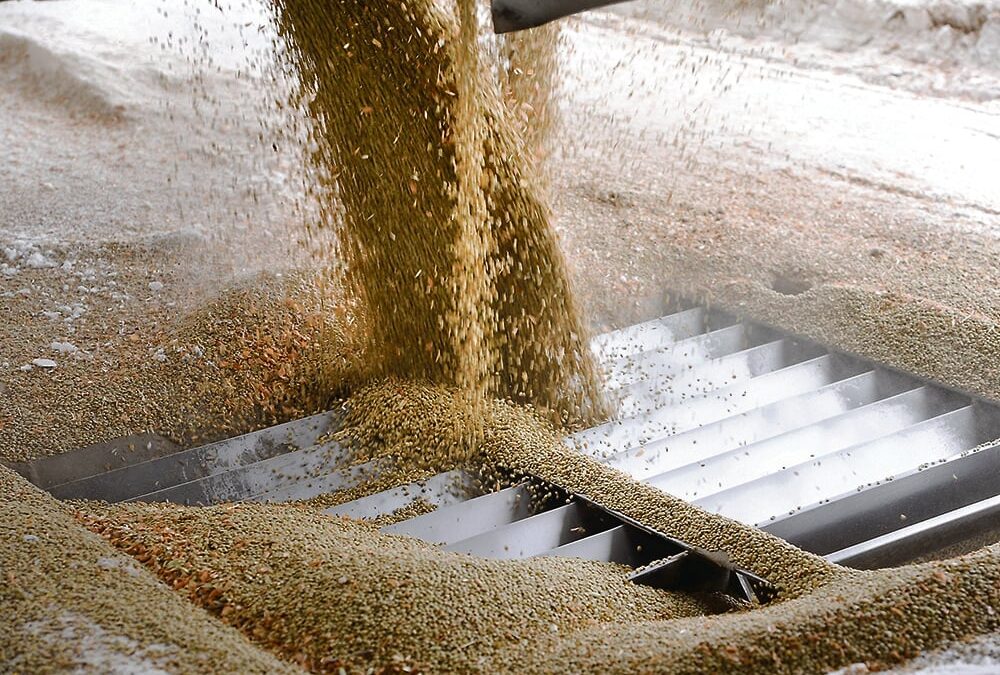By Sean Pratt
Farmers around the world are expected to harvest the second biggest lentil crop in history in 2023.
Ag Pulse Analytica forecasts 7.12 million tonnes of production, according to a Market Update published by the Global Pulse Confederation.
That would be second only to the 7.3 million tonnes harvested in 2017. For comparison, production fell below six million tonnes in 2019 and 2021.
“Does a world awash in lentils make for a bearish market? Quite possibly, but it does require a closer look,” said AgPulse analyst Gaurav Jain.
“Global pulse supplies are still refilling the void left by the 2021 drought conditions in North America.”
Consumption is also on the rise and is expected to reach 6.9 million tonnes, up from 6.1 million tonnes a couple of years ago.
AgPulse Analytica forecasts 4.5 million tonnes of global lentil exports in 2023, below the recent high of 5.2 million tonnes set in 2020.
“With relatively higher inventories at origins, big production volumes upcoming and relatively low demand from South Asia, the outlook for lentil prices does not look bullish,” Jain said in the GPC article.
Marlene Boersch, managing partner with Mercantile Consulting Ventures, thinks it may be premature to come to that conclusion.
Australia is off to a good start, and so is Canada, apart from the Kindersley/Rosetown area of Saskatchewan. But a lot can happen on the supply side between now and harvest.
“The verdict is still out,” she said.
Boersch is more interested in what is going to happen on the other side of the balance sheet.
“We certainly have seen very unusual depth of demand this spring,” she said.
Canada has exported 1.18 million tonnes of bulk lentils through Week 40 of the crop year, double the amount for the same period last year.
Statistics Canada reports there were 900,000 tonnes of stocks on hand at the end of March, which is lower than the same time a year ago. That is odd, considering 2021 was a drought year, so there wasn’t much supply.
Boersch wonders if demand will slack off during the summer months because markets are well covered and Australia will likely have a large bulk shipping program.
“The market might be saturated for a little bit,” she said.
Lentils are one of the few crops bucking the recent trend of collapsing prices.
Old and new crop red lentil prices were about 34 to 35 cents per pound range as of May 18. Old crop large green lentils were fetching 55 cents, while new crop bids were 47 to 48 cents.
“Those are very good price levels,” said Boersch.
“To me that’s a testimony that we’ve had very good, effective demand.”
Green lentil prices are faring better because the United States is Canada’s only big competitor, and it had a lousy crop last year. By contrast, red lentils face stiff competition from Australia’s record harvest.
Jain wonders if lentil demand might be subdued for the rest of 2023, due in part to a large Indian crop that is projected at 1.65 million tonnes.
His forecast is close to the Government of India’s estimate of 1.6 million tonnes.
Payment problems in Southeast Asia is another big issue that could affect demand, said Jain.
Boersch said India tends to overestimate its production levels, but she acknowledged that buyers in Southeast Asia and other markets are having difficulty getting the letters of credit and foreign currency to conduct trade.
“Are there payment problems? Absolutely,” she said.
“The general environment tells us, particularly with companies not so well-heeled, that will probably escalate.”
Jain forecasts a Canadian crop of 2.7 million tonnes, which is in line with Agriculture Canada’s estimate of 2.65 million tonnes.
If he is right, it would be the second largest crop in history, behind the 2.87 million tonnes harvested in 2020.
Boersch said she would be reluctant to pencil in anything other than average yields for Canada, because it is far too early to forecast a bumper crop.
AgPulse forecasts 867,000 tonnes of Australian production, down from last year’s record 1.25 million tonnes.
Source: The Western Producer

